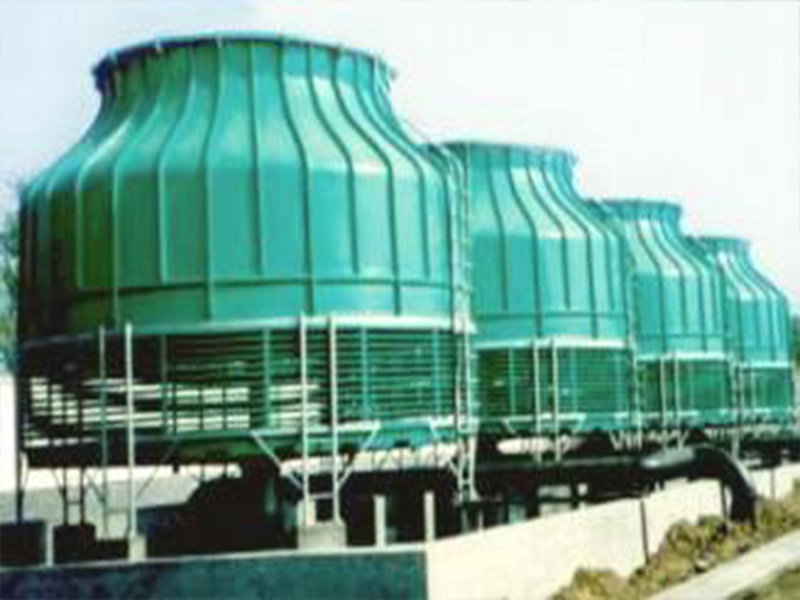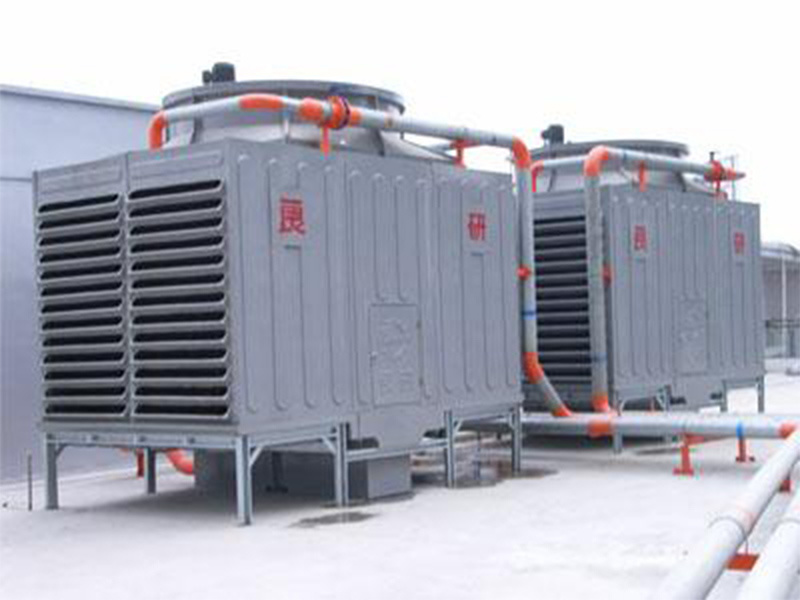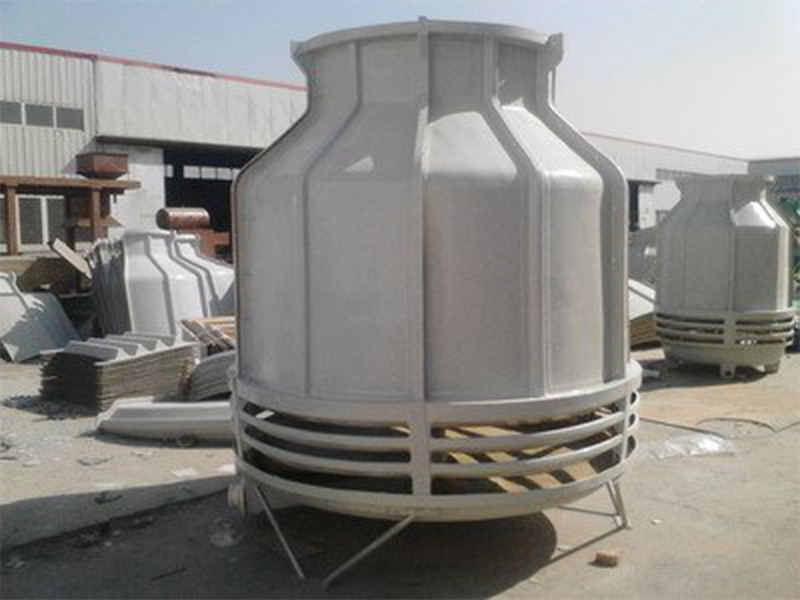This paper introduces the key points to pay attention to when designing the down-flow cooling tower
This paper introduces the key points to pay attention to when designing the down-flow cooling tower
The countercurrent cooling tower should have high cooling efficiency, energy consumption, low noise, light weight, small size, long service life, easy maintenance and installation, and less water.
The selected finished product cooling tower needs to meet the requirements of "glass fiber reinforced plastic cooling tower Part 2: Large glass fiber reinforced plastic cooling tower" GB7190.2-1997.
If there is a large difference between the design working conditions and the standard working conditions of the ultra-low temperature cooling tower, it should be selected according to the heating characteristics curve provided in the product sample.
The heating characteristics curve provided by the manufacturer, if the experimental data on the simulation tower is selected for statistical analysis and production, the test data of the simulation tower should be adjusted according to the difference between the test conditions of the simulation tower and the operating standards of the design tower, with a correction factor of 0.80 ~ 1.00.
The location of the countercurrent cooling tower is to maintain a certain interval with the building, and to prevent it from being set around the pyrogen, organic waste gas and flue gas discharge outlet. If the above requirements cannot be met, engineering measures should be taken and the heating characteristics should be proofread.
When cooling the circulating water, it should not contain oil and corrosion corrosion substances for FRP, and the turbidity of the water should not exceed 50mg/L. The countermeasures of eliminating algae and stabilizing water body should be taken.
The circulating water flow of the design scheme is not suitable for exceeding the rated water flow of the finished product cooling tower. If the circulating water flow cannot reach 80% of the rated water flow, the specified cooling tower water distribution system should be checked.
The total number of countercurrent cooling towers should be consistent with the total number of air conditioning refrigeration units.
According to the "Urban Regional Environmental Noise Standard" GB3096-1993 on the noise control of industrial buildings, can be measured through the noise space loss, select low noise or noise cooling tower, if still can not meet the noise index value, should be further adopted noise reduction measures.
Countercurrent cooling tower related maintenance
1. The V-shaped transmission belt of the fan may be slightly extended in the first run. Please adjust the tight belt according to the adjustment points. If it is too tight, it will damage the rolling bearing and cause safety accidents.
2, please once a month to clean the upper end of the water tank sprinkler hole, lower sink filter, etc.
3, please loosen the transmission belt, the bearing part of the fan to oil, and cover the motor. In the initial operation, it is clear that the tightness of the transmission belt, the anti-loosening nut, and the oil is fed to the bearing part of the fan, and at the same time, it is necessary to determine whether there is dirty things in the tower, and then start.
4, countercurrent cooling tower: at least twice a year above the exchange of cooling water circulation.
5. After the cooling circulating water is volatilized, the dissolved matter in the water is left, so that the water concentration is increased, the water is extracted and corroded, and the dirt is increased, so that the cooling tower capacity is low, and the pipeline and equipment are destroyed. In order to avoid such things, it is recommended to dispose of a part of the cooling water:
① The water drain valve only opens a little during operation (please close the water drain valve when the operation terminates);
② countercurrent cooling tower: clean the water tank below and change the water of the fish tank regularly;
③ Make the operating water level rise, often take water;
④ Install automatic aquarium water changing equipment.
Latest information
2023-04-25






